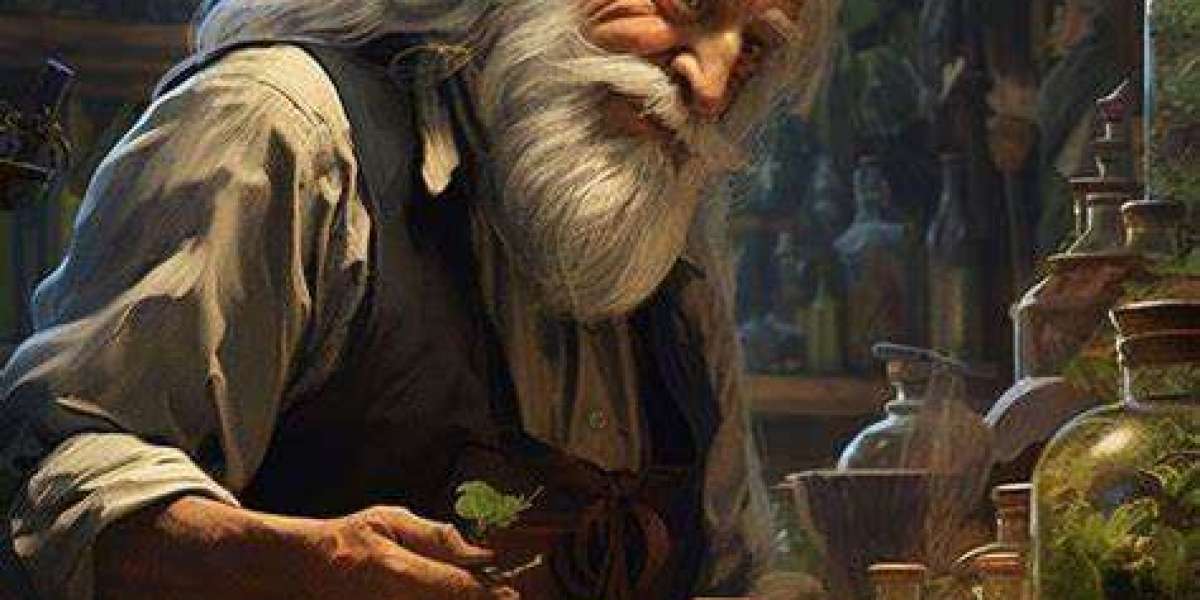In Dungeons & Dragons, magic items are powerful tools players can acquire to enhance their abilities, assist them in overcoming challenges, and customize their playstyle. Magic items can come in various forms, such as weapons, armor, potions, rings, and wondrous items. They range in rarity from common to legendary, and each item has unique properties that can significantly impact the gameplay.
Below is a comprehensive breakdown of some of the most iconic magic items in D&D 5e, categorized by type and rarity.
Types of Magic Items
Weapons
- Magic weapons are some of the most sought-after items in D&D due to their offensive power. They grant the wielder bonuses to hit and damage rolls, sometimes adding extra effects.
- Examples:
- Sword of Sharpness (Rare): This sword has a high chance of dealing critical hits, and when it does, it can sever limbs from the target.
- Dagger of Venom (Rare): This dagger allows the user to coat it in poison, dealing extra poison damage on a successful hit.
Armor and Shields
- Magic armor and shields provide enhanced defenses, offering bonuses to the wearer's Armor Class (AC) and sometimes granting additional resistances.
- Examples:
- Mithral Armor (Uncommon): This armor is lightweight and allows for silent movement, negating disadvantage on stealth checks that heavier armors impose.
- Shield of Missile Attraction (Rare): This shield draws ranged attacks toward the bearer, protecting allies but increasing the risk to the user.
Potions
- Potions are consumable items that provide temporary effects. They are generally single-use items and can range from basic healing potions to powerful elixirs.
- Examples:
- Potion of Healing (Common): This potion is essential for any adventurer, restoring a small amount of hit points.
- Potion of Fire Breath (Uncommon): After drinking this potion, the user can exhale fire in a small area, dealing damage to anyone in the line of breath.
Rings
- Rings are versatile items that offer a variety of effects. Some rings require the user to attune to them, limiting the number of magic items they can use simultaneously.
- Examples:
- Ring of Protection (Rare): This ring grants a bonus to both AC and saving throws, making it invaluable for defense.
- Ring of Water Walking (Uncommon): This ring allows the wearer to walk on water, which can be handy in aquatic environments.
Wands and Staves
- Wands and staves are magical conduits that spellcasters often use to enhance their spellcasting abilities. They can store spells or provide additional spell slots. identify magic items 5e
- Examples:
- Wand of Magic Missiles (Uncommon): This wand can cast Magic Missile a limited number of times each day, providing a reliable source of damage.
- Staff of Power (Very Rare): This powerful staff grants the user bonuses to AC, saving throws, and spell attacks, making it highly sought-after by wizards and sorcerers.
Wondrous Items
- These are unique and varied items that don’t fit neatly into other categories. Wondrous items can have a wide range of effects, from flight to invisibility.
- Examples:
- Bag of Holding (Uncommon): This bag has an extra-dimensional space that can store large amounts of items, making it an adventurer’s best friend for carrying loot.
- Cloak of Invisibility (Legendary): This cloak grants the wearer the ability to become invisible, a powerful ability for stealth or escape.
Artifacts
- Artifacts are the most powerful magic items in D&D. They are typically unique and come with both immense benefits and significant drawbacks.
- Examples:
- The Eye and Hand of Vecna (Artifact): These items grant immense necromantic power to the user but come with dark consequences, such as corrupting the user’s soul.
- The Book of Vile Darkness (Artifact): This book provides dark knowledge and immense magical power to those who dare to read it, but at the cost of their humanity.
Attunement and Rarity
Magic items in D&D 5e are divided into several rarity levels: Common, Uncommon, Rare, Very Rare, Legendary, and Artifact. Generally, higher-rarity items have stronger effects or more versatile uses. Certain powerful magic items also require attunement, which is a process that takes about an hour of focus. A character can only attune to three items at once, so players must choose carefully which items to use.
Popular Magic Items by Rarity
Common
- Potion of Healing: Restores health and is a staple for most adventurers.
- Spell Scroll (Cantrip): Allows non-spellcasters to cast a minor spell.
- Lantern of Revealing: Illuminates invisible creatures or objects in its light.
Uncommon
- Gloves of Swimming and Climbing: Grants bonuses to climbing and swimming checks, useful in rugged terrains.
- Cloak of Protection: Adds to the wearer’s AC and saving throws, providing basic defensive capabilities.
- Winged Boots: Allows the wearer to fly for a short duration, an excellent option for evading danger or reaching hard-to-access areas.
Rare
- Sword of Wounding: Prevents a target from healing naturally, causing continued damage.
- Belt of Dwarvenkind: Increases Constitution and grants various dwarf-related traits, including increased resilience and advantage against poison.
- Amulet of Health: Sets the wearer’s Constitution score to 19, which can significantly boost hit points and resilience.
Very Rare
- Cloak of Displacement: Creates an illusion, making the wearer harder to hit.
- Hammer of Thunderbolts: A devastating weapon for barbarians and fighters, which also requires attunement with a set of Gauntlets of Ogre Power.
- Crystal Ball (of Scrying): Allows the user to see distant locations or observe specific people, invaluable for intelligence gathering.
Legendary
- Holy Avenger: A powerful weapon designed for paladins that deals radiant damage and boosts the saving throws of nearby allies.
- Vorpal Sword: A lethal weapon that has a chance to decapitate enemies on a critical hit.
- Ring of Three Wishes: Contains three charges of the Wish spell, one of the most powerful spells in D&D, capable of altering reality itself.
Tips for Using Magic Items in D&D
Focus on Synergy with Your Character’s Abilities: Not all magic items are useful to all characters. For example, a Wand of Fireballs is most useful to a spellcaster, while a Belt of Giant Strength would benefit a melee fighter.
Balance Offensive and Defensive Items: Offensive items like swords or wands are exciting, but defensive items such as Rings of Protection or Cloaks of Displacement can be equally valuable, especially in difficult encounters.
Work with Your Party: Some magic items have effects that impact allies as well as the user. Sharing a Bag of Holding, for example, can help manage party resources, while the Aura of Warding from a Holy Avenger can protect the entire group from harm.
Consider Attunement Requirements: Since characters are limited to three attuned items, it’s important to prioritize those that best support your role in the party. This is especially true for classes that can equip both weapons and spells.
Think Creatively: Magic items don’t have to be used strictly for combat. A Rope of Climbing or Alchemy Jug can help in solving puzzles or navigating obstacles. Creative players can find unique solutions by thinking beyond an item’s basic description.
Conclusion
Magic items in D&D 5e are central to gameplay, adding excitement and enhancing the players' abilities. They encourage creativity, strategic thinking, and character growth. Whether you’re wielding a mighty Vorpal Sword or simply carrying a handy Bag of Holding, magic items can shape your adventures in powerful and memorable ways. By understanding how to use these items effectively, you can create a more engaging and rewarding experience in your D&D campaigns.







